Cuban Art in the Time of Isolation
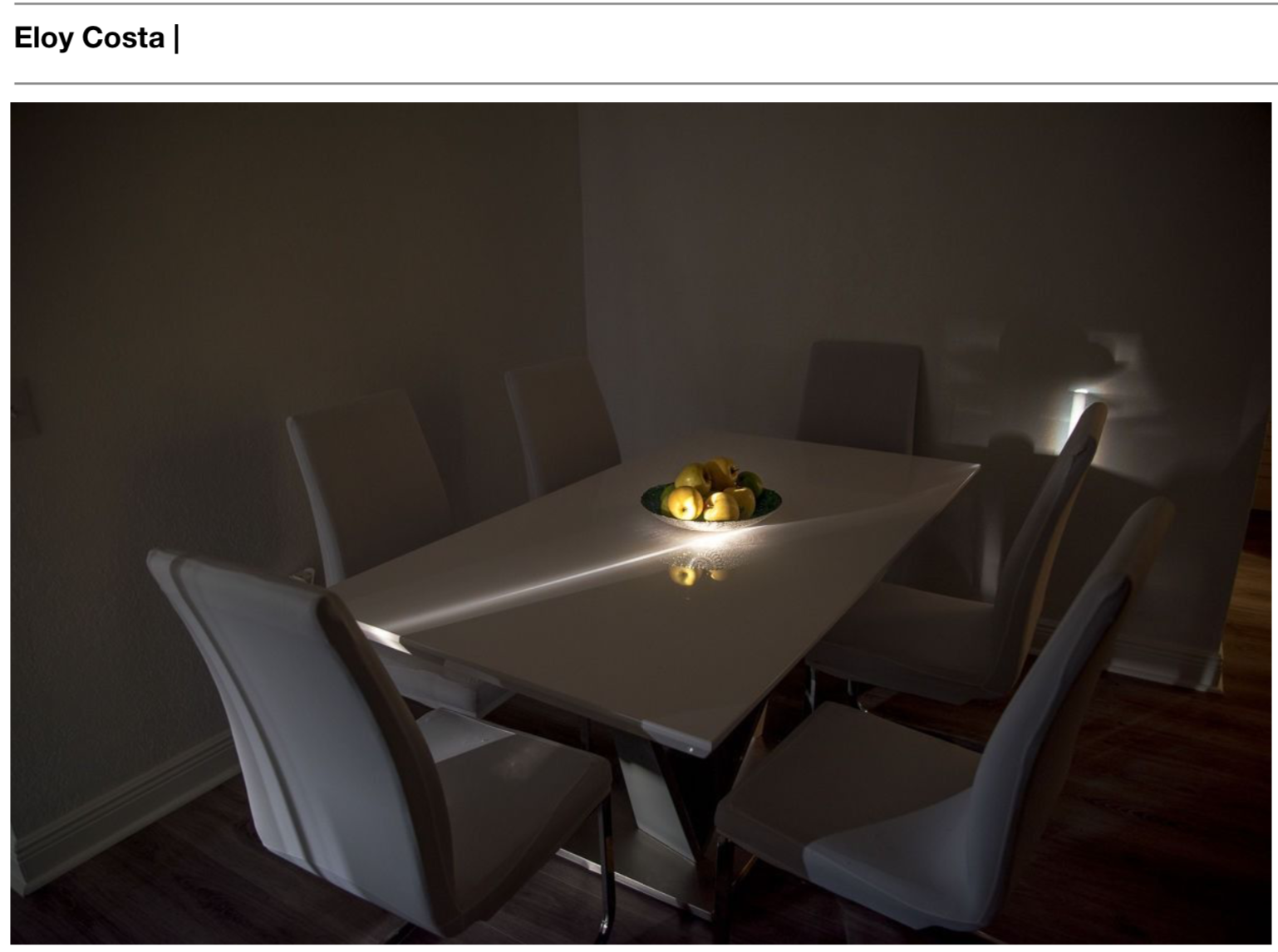
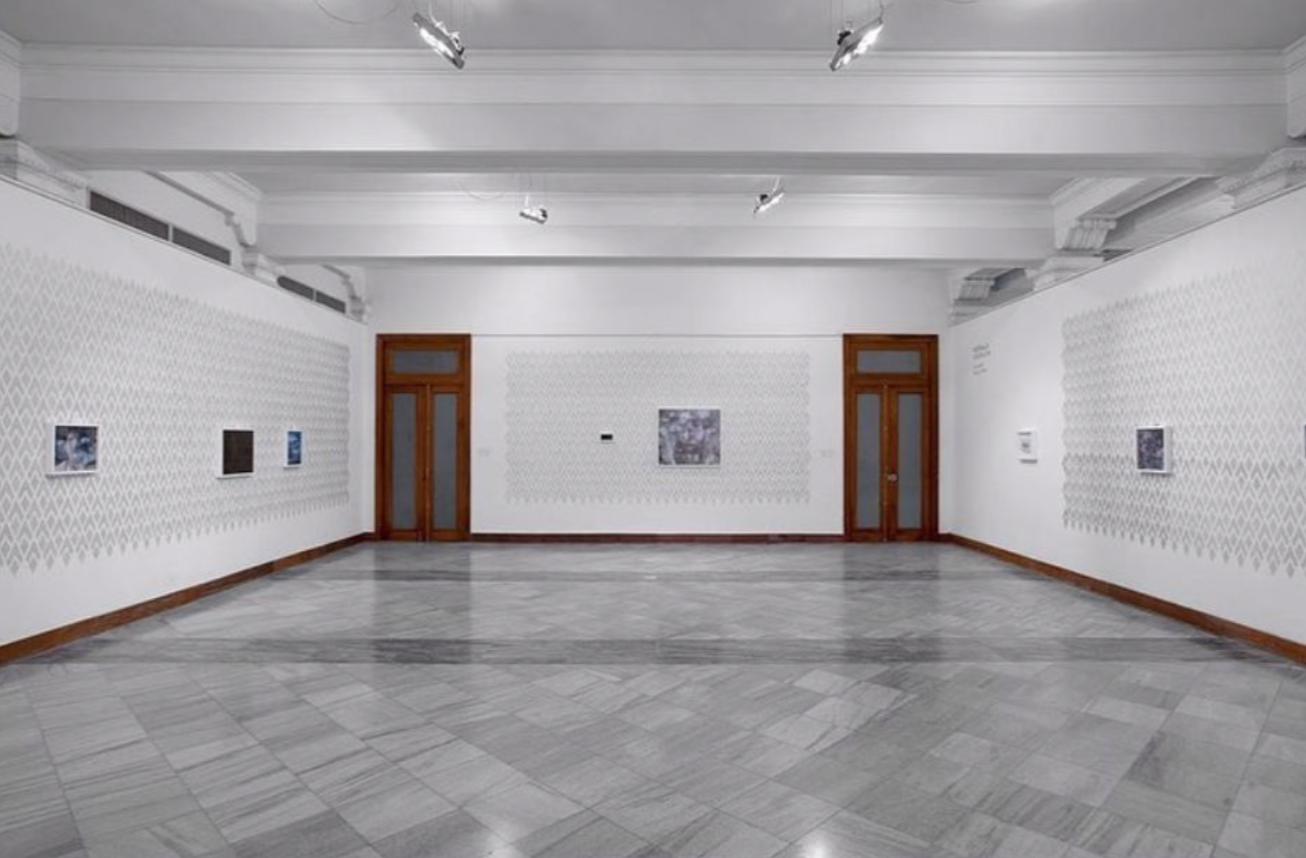
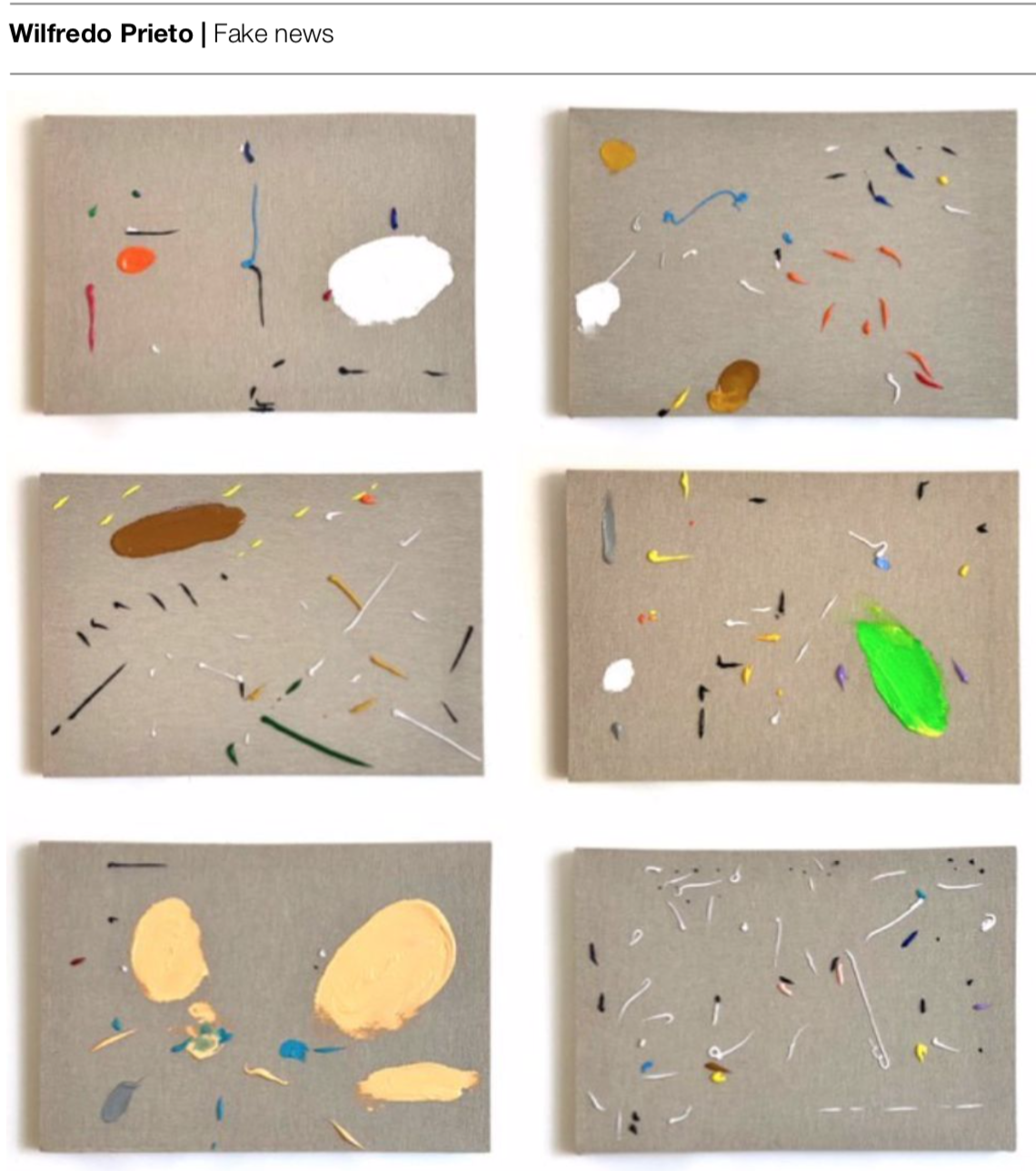
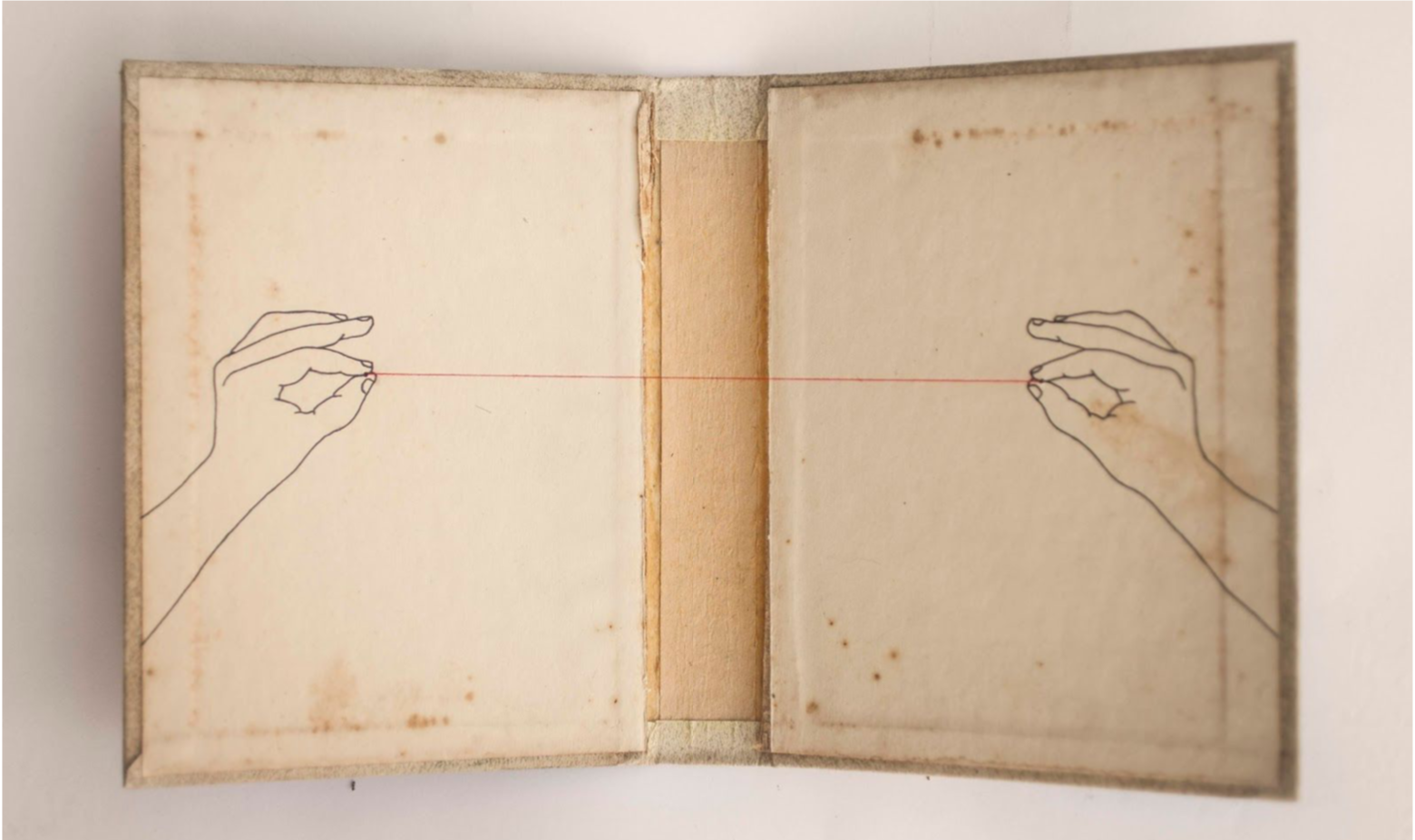
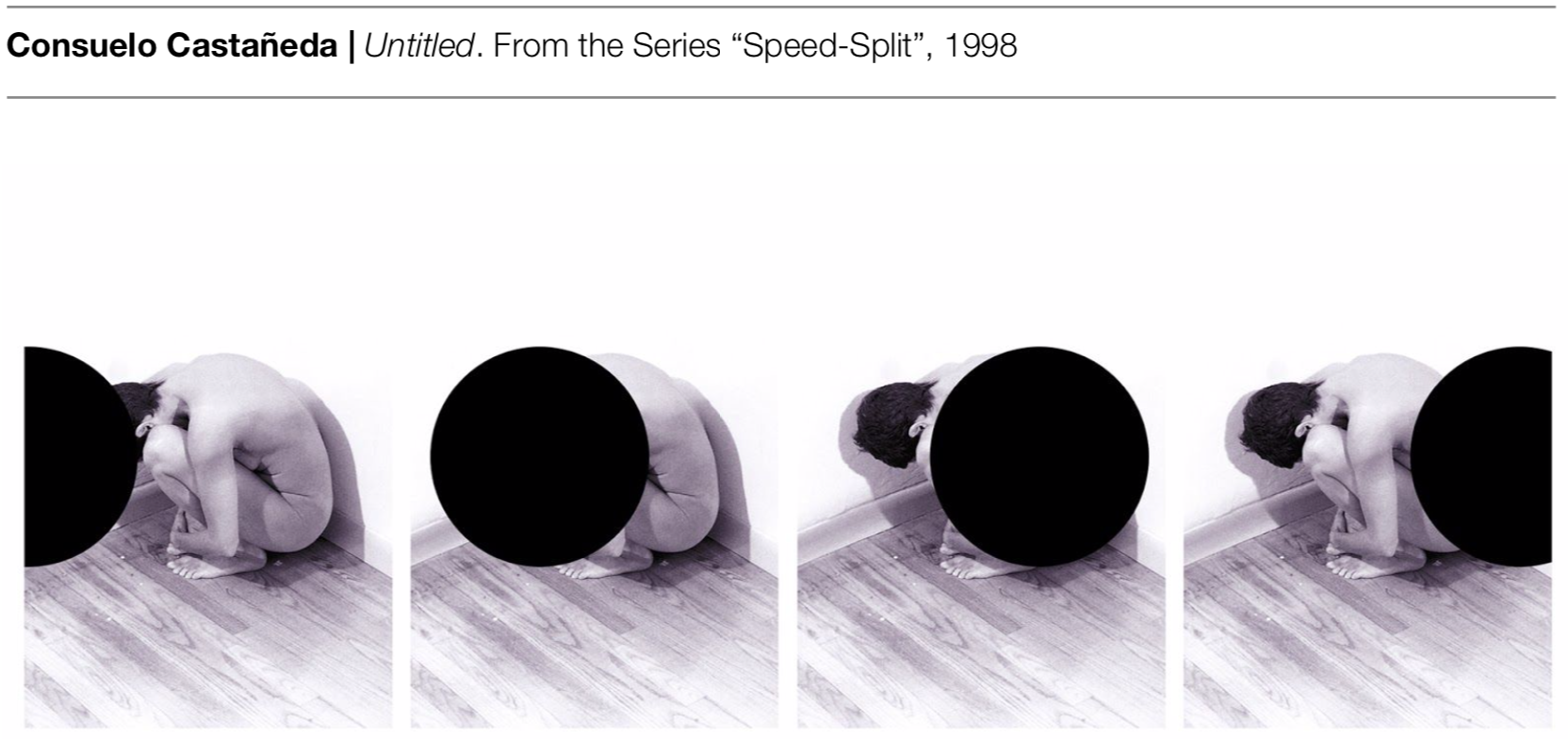
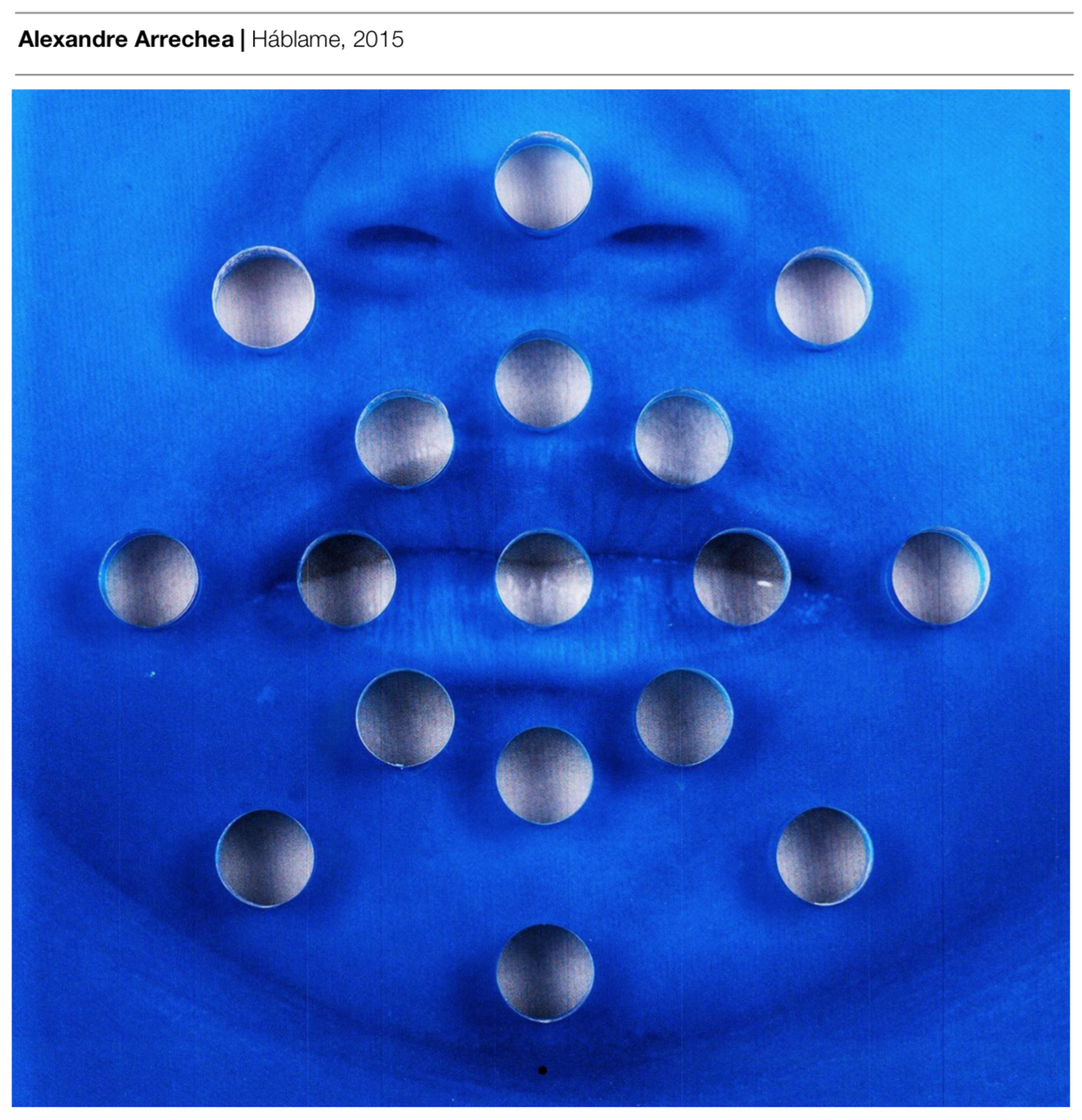
Photo 2: Glauber Ballesteros, Moralia Equalium. Photo 4: Ivan Perera, Untitled, 2018.
As we find ourselves in the midst of a global pandemic, the term social distancing has become more than just a part of our vernacular—it has rapidly become a way of life as societies around the world have tucked themselves away. But while social distancing has restricted so much of our daily lives, it has also pushed for more creative methods of interaction and expression. Art Code Space, a Miami based virtual gallery that promotes modern and contemporary art from around the world, is not only adapting itself to the times, but forging a perfect example of this creativity with its upcoming exhibition, titled Isolation.
The project Isolation will promote Cuban artists in attempts to draw parallels through their art between their personal lives on an island – already naturally isolated from the rest of the world – and the present reality of social distancing. Curated by Ariadna Rivero and Claudia Taboada, the art will explore several themes tied to isolation, including isolation as “a defense mechanism, miscommunication-communication, helplessness, and from the need for interaction.”
Along with this project, Art Code Space will be collaborating with the National Museum of Fine Arts in Havana to create a virtual gallery of the museum’s art. As museums will likely be some of the last public spaces to open, this will offer the opportunity to anyone around the world to experience one of Cuba’s greatest museums that showcases Cuban art. CET was able to ask the curators a few questions about the inspiration behind the project and the upcoming exhibition.
Interview with curators Ariadna Rivero and Claudia Taboada
What inspired this idea and why is this exhibit important now?
What we are living in these moments seems like a dystopia. Everyone’s everyday universe has been relocated and reduced to the home ecosystem. Adaptation has become a defense mechanism to cope with confinement. For us, this project has been our refuge and redemption; “a flow of consciousness through images,” which begins from the artists’ personal experiences, together with ours as curators, and dialogues it all with the distant, and at the same time connected, exterior.
We first thought about doing it on Instagram since it is currently one of the most used social networks. We wanted to create virtual walls in its 1:1 format, but later we explored the most successful technologies implemented by galleries and museums around the world, and we found the platform Online Viewing Room, which allows for a virtual viewing and immersion. That is where this curatorial idea came from, from the circumstances and the strange need to save them.
The truth is that the other part was inspired by an email campaign from Cuba Education Travel which encouraged donations to Caritas Cuba. Even though we live outside of the island, it has not stopped being our home. Our families and friends are still there. Everyone is aware that the crisis has exacerbated Cuba’s shortages and for this reason we conceived an exhibition where the works are donative.
We think this exhibition is necessary right now because art has always been there to interpret and rethink events in the moments they occur. The current circumstances will mark a before and an after in interpersonal relationships and, and undoubtedly in art, and its ability to adapt to other media and languages. If during the Special Period two canvases were tied together to paint, today, in the era of social distancing, we re-create reality virtually.
How has your definition of “Isolation” evolved?
Although we propose this exhibition’s concept from the etymological dismantling of the word Isolation, which refers to an island, a piece of land separated from the rest by water, and has the significance of separating or leaving someone or something… that is to say, metaphorically, “put it on an island.” We wanted to begin the project by referring to the island itself, addressed by the experience of being Cubans. Isolation will be understood also as a space for auto-reaffirmation of who we are, how control begins to be exercised differently, and how continents transform into islands. It is a project that attempts to rewrite certain concepts of isolation, understanding in this situation that distance is the tool that saves us.
Our condition on the island has inevitably changed, as has that of those that live on continents. One way or another, we are all islands right now, conscientiously confined for the common good. But we’re also saturated with media consumption of what is real, but sometimes doesn’t focus with the correct magnitudes; the news and speculations of other people become our own, of from the virus itself when it was distant, it was foreign, but now belongs to everyone. In a few short months we’ve gone from being a written society to a cyber-oral society, from an organic society to a digital society, from an industrial economy to an immaterial economy, from a form of disciplinary and architectural control to media control-cybernetics.
In many countries, the management of biological and political immunity has determined who continues to live and who does not. Without a doubt, this event has already marked a before and after in interpersonal and sociocultural relations. Hence, businesses, health systems, education, and everything that revolves around production, consumption, and distribution have rethought their foundations to implement strategies for adaptability and efficiency in the face of these new circumstances. Although alternatives have been found that have optimized life in confinement a little more, without being fully aware of it, we are developing cognitive experiences that are becoming increasingly automated and installed in our system, creating a slight resistance to some aspects of previous life.
Why work with Cuban artists for this specific exhibit?
Art Code Space has always privileged Cuban art in its interests, not only because of our condition of having been born on the island, but because we know the potential of its creators. In this particular exhibition we decided to work with Cuban artists for two essential reasons: one, we needed the project to feel like a self-referential experience the damning circumstance of water on all sides, and two, because for the first time (at least at institutional levels) we could experience the conceptual changes generated by the virtualization of spaces and their democratization, on the condition of an island. It involves questioning the relocation of the user and their insertion into a universe without islands or continents. We also intend to bring art to the home and to raise funds to benefit Caritas Cuba, that way we can contribute to where it is most needed.
How do you curate a virtual space and how is it different from a physical space?
Although there is a substantial difference between a physical space and a virtual one, in curatorial terms these lines are blurred. The curatorship, from the conceptual point of view, is developed from an investigation, a concept, or an idea that leads to an analysis of a specific period or context, acting as an active mediator between the public, the artist, and the work. It is the transmission of experiences, of communication points and meanings that give rise to reflection in the public sphere. The curatorship is not tied to the limits of the physical space, rather it transcends them and maximizes them when it passes into a virtual space.
What do you hope audiences gain from the virtual exhibit?
We want it to be enjoyed on all levels, from the mere attraction of attending an art exhibition in a virtual way—therefore, unusual—to a deeper questioning of the concept, the works, and the ways of consuming that space. It would be interesting if it were also understood as a representation and simulation of contemporary expression, where one should speak of user rather than spectator, of interaction rather contemplation, and of experience rather than reception. And where everything comes together, even one exhibition within another.
But beyond the technological connotations that may arise, we hope that the current relevance of the topic and its invitation to rethink the concept of isolation and the consequences derived from COVID-19 will be appreciated: life, death, time, relationships, social distance, uncertainty, data control, surveillance, bio-immunity, loneliness… the island, isolation.
The exhibition will launch virtually on the gallery’s website on June 26th and will include the following Cuban artists: Alejandra Gonzalez, Glauber Ballestero, Consuelo Castañeda, Eloy Costa, Grey Cruz, Humberto Díaz, Diana Fonseca, Marlys Fuego, Glenda León, Osmeivy Ortega, Rodolfo Peraza, Iván Perera, Wilfredo Prieto, Lisandra Ramírez, Héctor Remedios, Linet Sánchez y Marwin Sanchez.. The exhibition will run until August 28th, and a percentage of the works sold, in addition to any voluntary donation from the public, will be donated to Caritas Cuba, a non-profit organization in Cuba assisting communities across the island in dealing with COVID-19.
